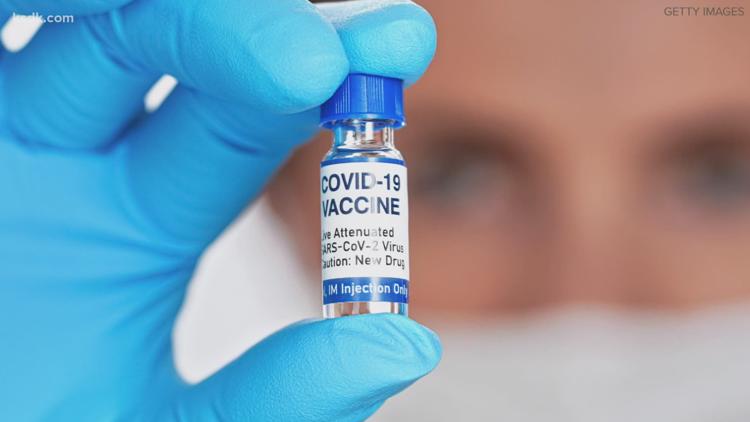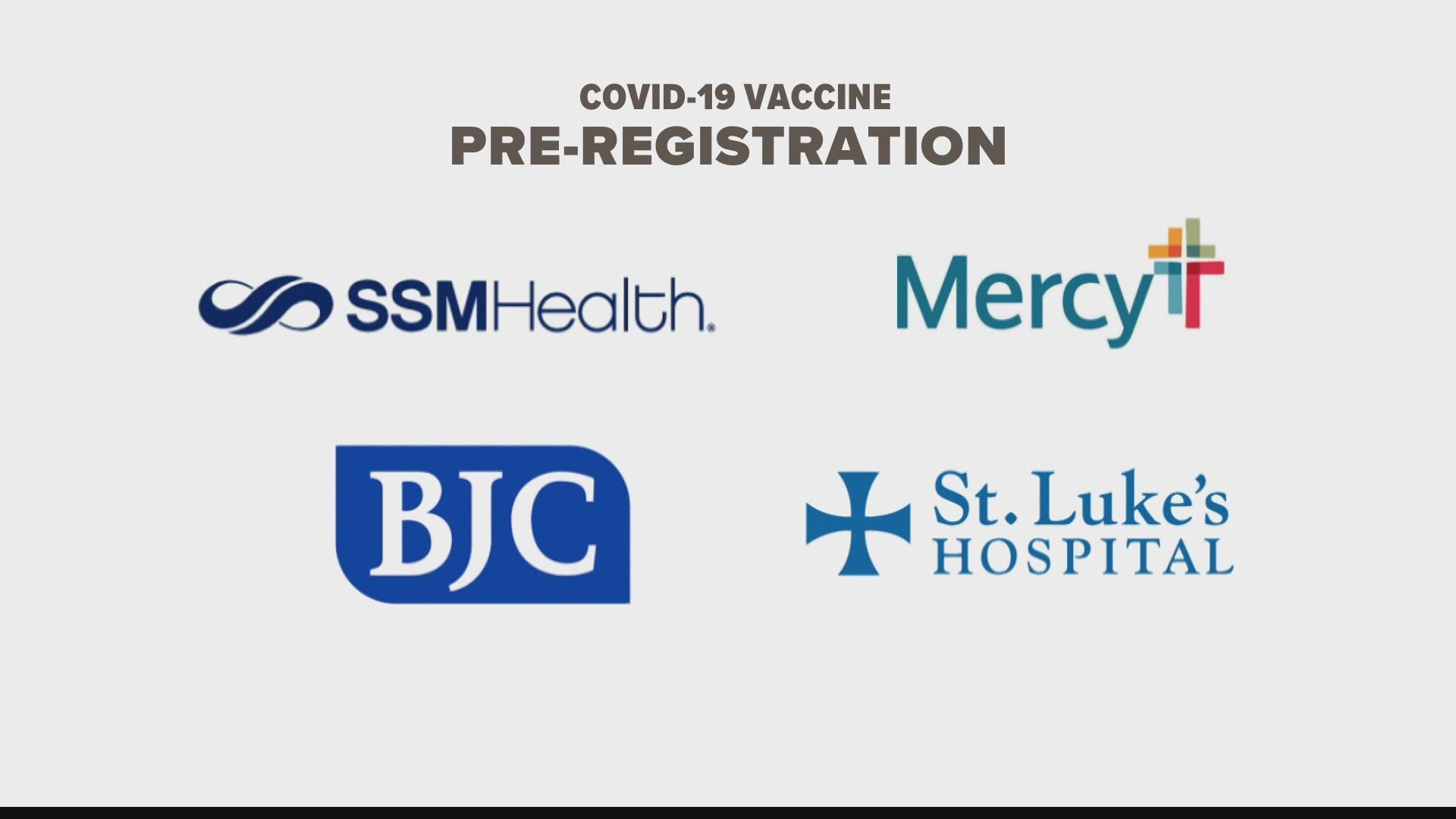ST. LOUIS — “We got the vaccine developed in nine months instead of nine years, or five years, or 10 years, or a long time,” said Donald Trump to a crowd of supporters this week as he departed Washington for the last time as president. “It was supposed to take a long time - many, many years to develop a vaccine."
It's true that most vaccines take years, even decades to develop. However, scientists didn’t exactly have to start from scratch to get to the two COVID-19 vaccines currently approved for use in the United States.
COVID-19 is part of a family of viruses that includes the SARS coronavirus of 2002 and the MERS coronavirus of 2012, and many of the researchers developing the vaccines already studied those similar viruses. That means they already knew a lot about what works and doesn't work when treating them.
Scientists also learned how this family of viruses behaves, their biology, and the so-called "spike protein" that allows the virus to enter our cells and infect us.
When the COVID-19 pandemic hit, scientists already knew that if a person has antibodies that recognize this spike protein, this could stop the virus from infecting them. That’s key to both the Moderna and Pfizer vaccines. Each uses messenger RNA to construct the coronavirus spike protein, the immune system rushes in to defend against the protein, and you build immunity to the virus.
Dr. Rachel Presti, vaccine expert with Washington University, says the united focus on a common goal also helped the process move more quickly.
“It's pretty unusual to have this many really, really smart scientists all over the world working on the same problem at the same time", she said. “I think that shows you what can be done if you've got a really pressing situation.”
Now the focus is on speeding up the vaccine rollout: President Joe Biden has said he wants 100 million shots out in 100 days, using the Defense Production Act to meet the need.




